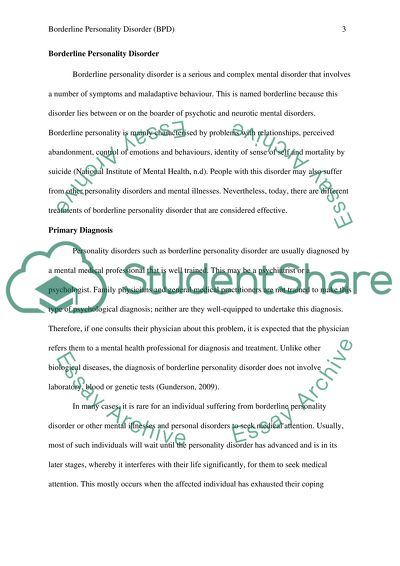Cite this document
(“Borderline Personality Disorder Essay Example | Topics and Well Written Essays - 2500 words”, n.d.)
Borderline Personality Disorder Essay Example | Topics and Well Written Essays - 2500 words. Retrieved from https://studentshare.org/psychology/1658627-personality-disorders-borderline
Borderline Personality Disorder Essay Example | Topics and Well Written Essays - 2500 words. Retrieved from https://studentshare.org/psychology/1658627-personality-disorders-borderline
(Borderline Personality Disorder Essay Example | Topics and Well Written Essays - 2500 Words)
Borderline Personality Disorder Essay Example | Topics and Well Written Essays - 2500 Words. https://studentshare.org/psychology/1658627-personality-disorders-borderline.
Borderline Personality Disorder Essay Example | Topics and Well Written Essays - 2500 Words. https://studentshare.org/psychology/1658627-personality-disorders-borderline.
“Borderline Personality Disorder Essay Example | Topics and Well Written Essays - 2500 Words”, n.d. https://studentshare.org/psychology/1658627-personality-disorders-borderline.


